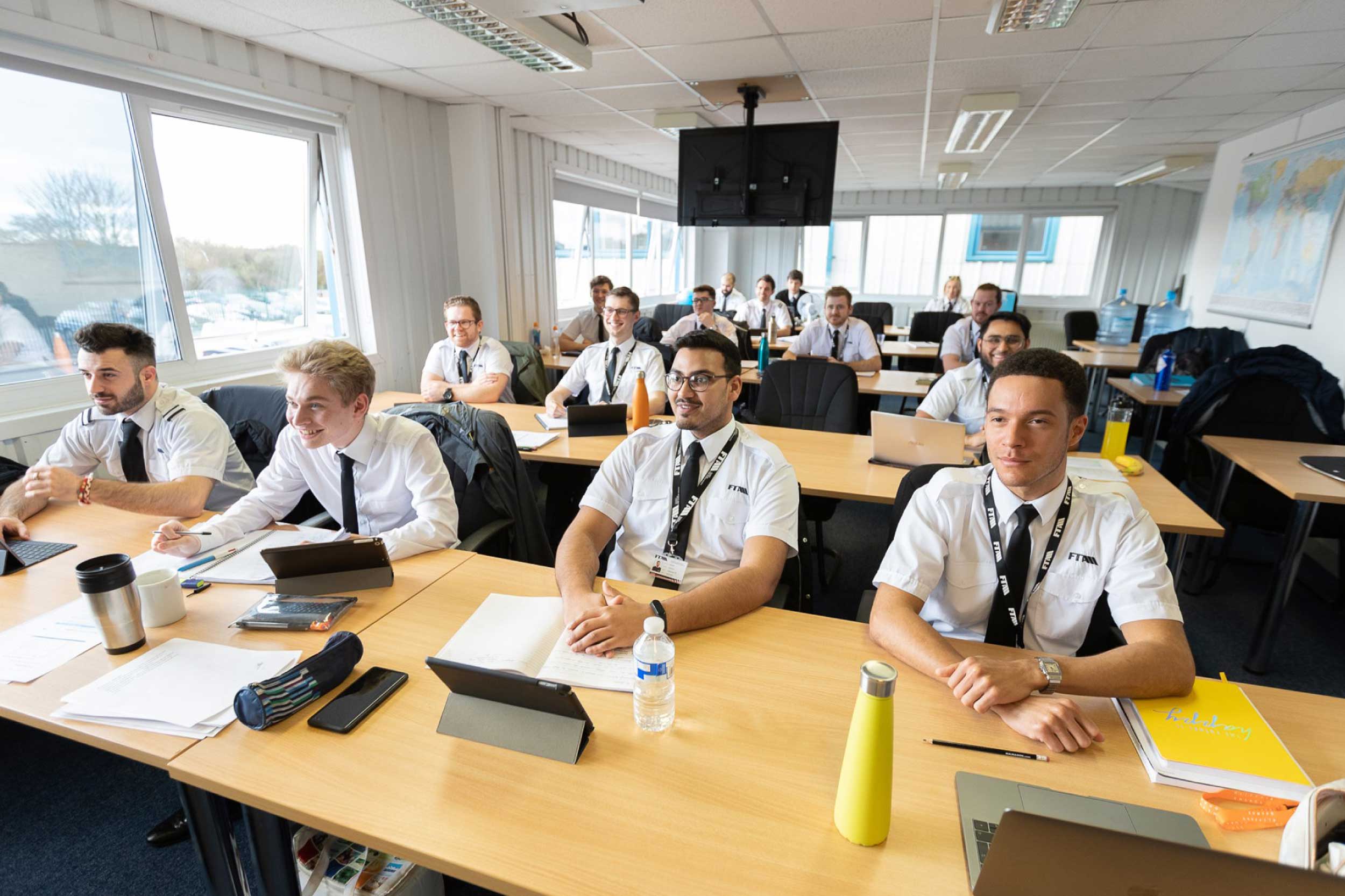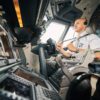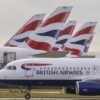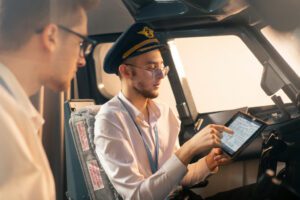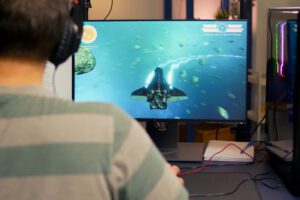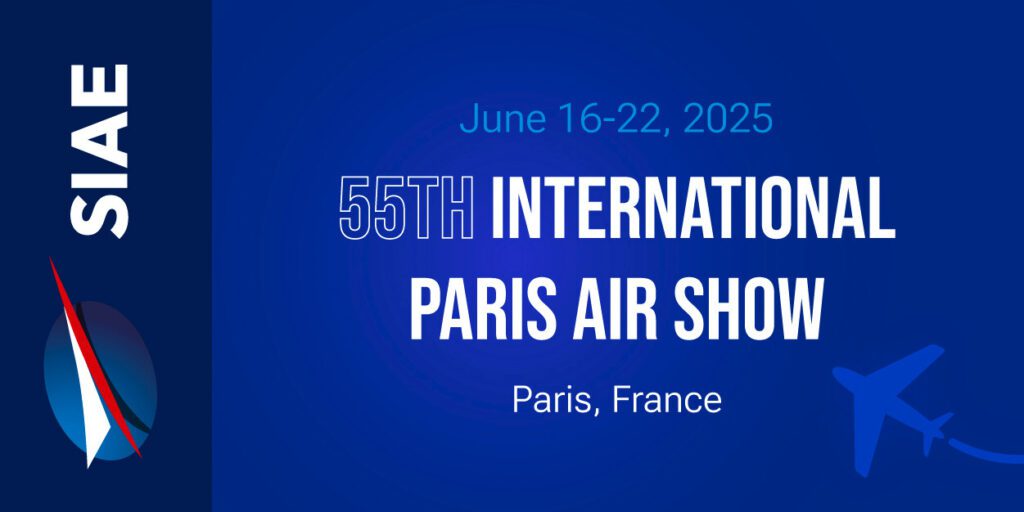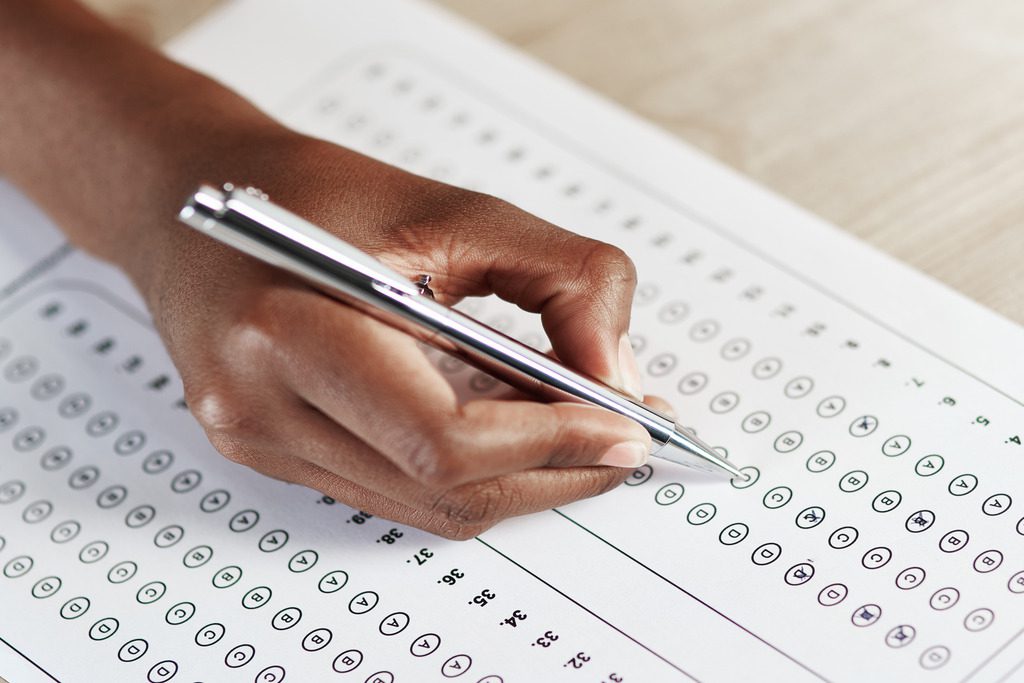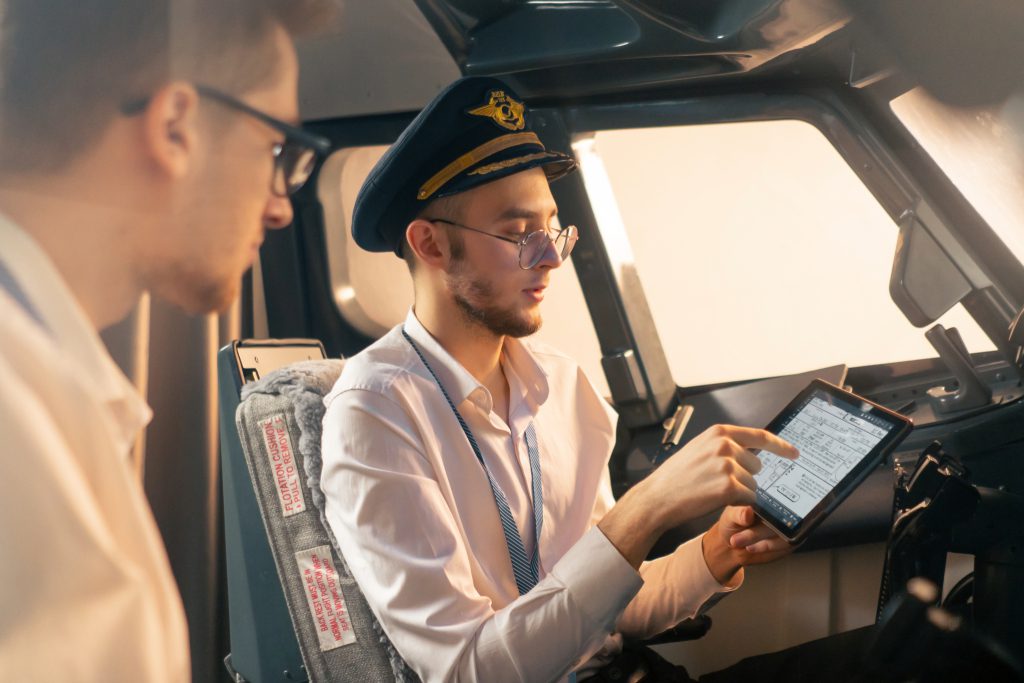A Private Pilot License is awarded to student trainees on successful completion of a number of training which the PPL aspirant pilots are required to take. These courses are created to provide the students with the knowledge of the theory of flight as well the practical skills required for effective and safe flying.
The PPL Training Topics Explained
Air Law and Regulations
Understanding legislation and regulations within the aviation sector is vital for safe and legal flying. For instance, the United States of America’s Federal Aviation Administration (FAA) and the European Aviation Safety Agency (EASA) are the above mentioned being the main aviation authorities which have developed different aspects of aviation law which are dealt within the subject area. Areas dealt with include the registration of aircraft, the licensing of pilots, the limitation on operations, the rules on who has the right of way, and delimitation of airspaces. The responsibilities of the pilots, air traffic controllers and other personnel involved in the aviation activities are also clear to the students.
Aircraft General Knowledge
Pilots are required to have an appropriate command of the given aircraft. This subject covers the performance parameters of the aircraft, its systems and structure. The learners acquire knowledge of the fuselage, wings, empennage, landing gears and other parts of the aircraft. Along with propulsion, they also study systems such as gasoline, oil, cooling, and electrical. Comprehensive coverage is also given to avionics equipment including radios, autopilots and navigational devices.
Flight Performance and Planning
In order to ensure flight safety, pilots are obligated to prepare a number of performance metrics prior to the flight. This course is structured in a manner that students will be taught how to compute both the takeoff and landing distances using the available runway length, aircraft weight, as well as other factors in the environment. Additionally, cruise performance—including airspeed, fuel consumption, and range calculations—is taught to pilots. When planning a flight, a route must be chosen, weather, navigational aids, airspace constraints, and fuel requirements must be computed. Calculations based on weight and balance guarantee that the aircraft is loaded within safe operating parameters.
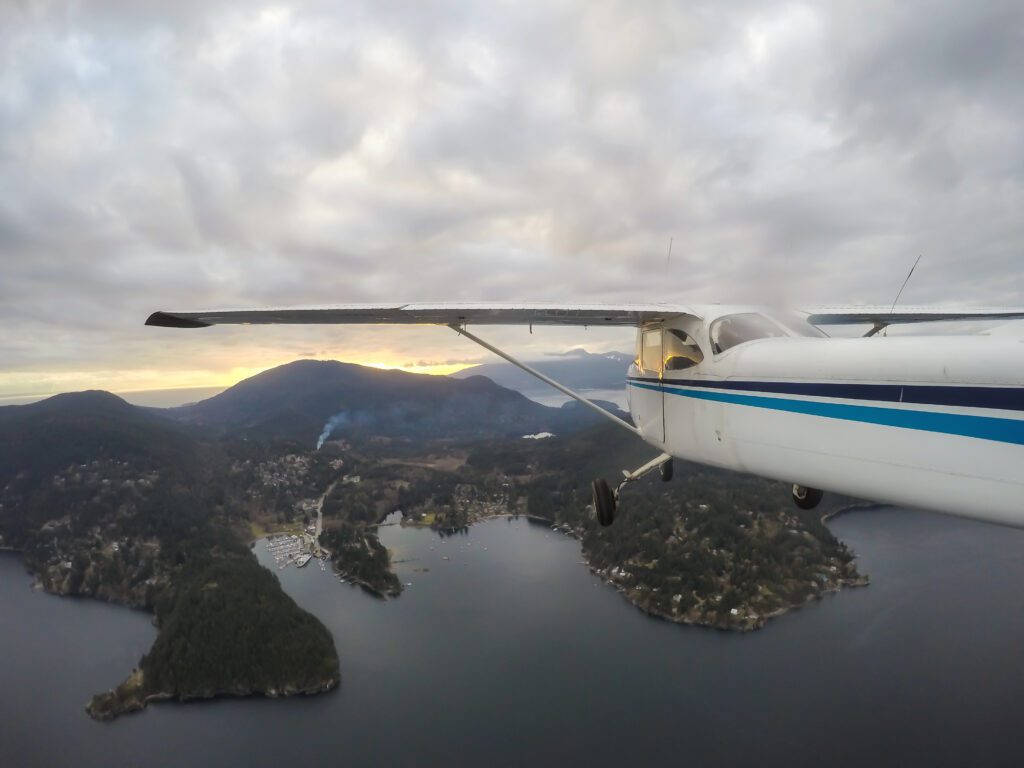
Human Performance and Limitations
Human factors deserve to be very much considered when it comes to aviation safety and security concerns. Pilots in flight should be cognizant of psychological and physiological factors that may affect operational performance. Topics include how elevated body temperature affects performance, how to deal with stress, how to prevent fatigue, and how to effectively use situational awareness and decision-making. Pilots can preserve peak performance and safety by identifying and reducing human factors hazards.
Meteorology
Weather can significantly affect how flights are conducted. In order to make wise decisions both before and during flight, pilots will learn how to analyze weather forecasts, observations, and reports in this course. The topic covering the clouds, fog and rain, and visibility is discussed as well. Other meteorological threats such as windshear, turbulence, icing and thunderstorms are learnt too by the pilots. In order to avoid hazardous weather situations and to fly the aircraft safely in the desired direction, it is crucial to understand weather elements and their effects.
Navigation
In this day and age, it is imperative for coordinators and even pilots for that matter to sharpen the skills of navigation which enables them chart courses from one point to the other. A variety of methods of navigation techniques are the subject of this course, including the use of radio equipment such as VHF Omnidirectional Range and GPS devices, dead reckoning and pilotage. Pilots learn how to design flight plans, interpret aviation maps, identify navigational instruments, and stay alert of their surroundings at all times.
Operational Procedures
In aircraft operations, standard operating procedures guarantee uniformity and security. To name just a few, this course entails pre-flight inspections, traffic pattern operations, cockpit management, radio communication protocols, and traffic pattern operations. Airlines also teach pilots how to perform large scale pre-flight checks, communicate with other aircraft and air traffic control, as well as coordinate a number of in-flight responses to complications.
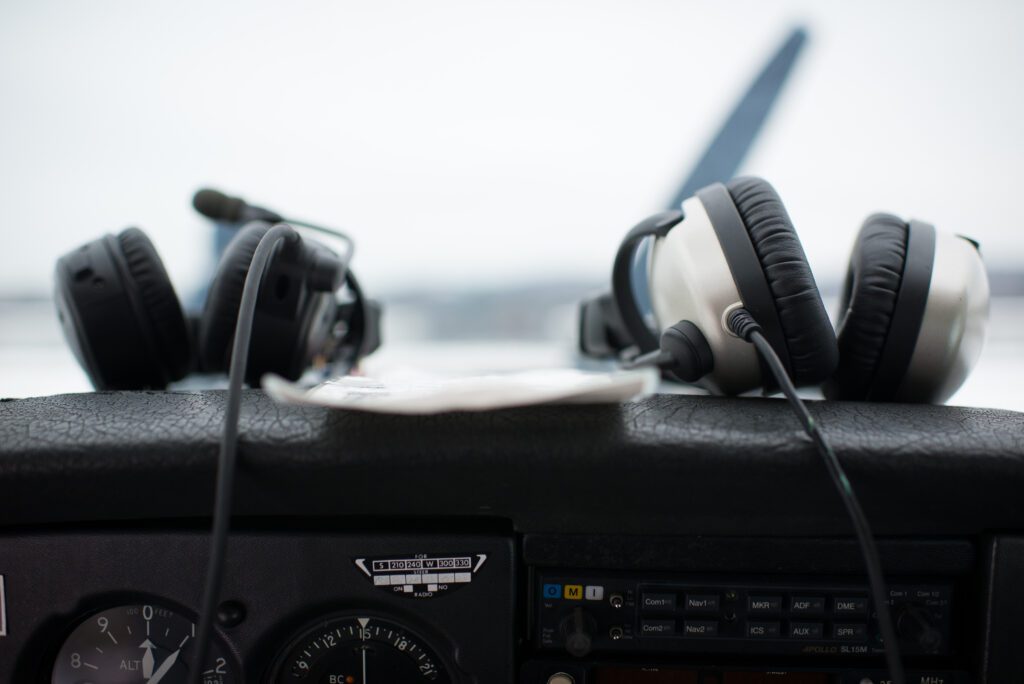
Principles of Flight
To understand how to control an aircraft during flight, one must first understand the concepts related to aerodynamics. In this discipline, flight instructors learn about four flight forces and their combinations. These forces include lift, weight, push, and drag. It is taught to pilots that powerplants, ailerons, elevators, and rudders are examples of control surfaces that produce aerodynamic forces. Aerial stability and control qualities, such as twists, climbs, descents, and stalls, are also included in their analysis.
Radio Telephony
Sustaining efficient and safe airspace operations depends on effective radio communication. The proper protocols and phrasing for radio contact with other aircraft and air traffic control (ATC) are taught to pilots. They rehearse radio calls for takeoff, landing, approach, taxiing, and en route navigation, among other aircraft operations. Additionally, pilots are taught how to effectively read ATC directives and carefully listen to radio signals.
Conclusion
By mastering these disciplines through ground school instruction, independent study, and hands-on flight training aspiring pilots can obtain the information and abilities required to obtain their Private Pilot License.
You can also read about the explanation of ATPL subjects here.

